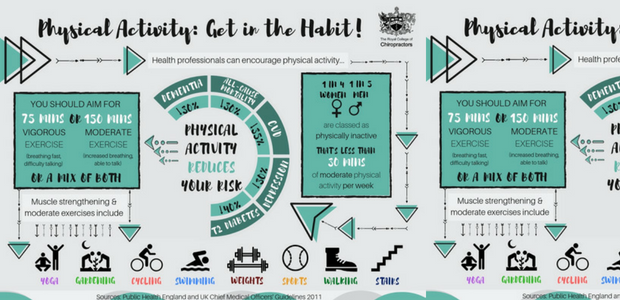Simply When You Assume Alleviation Is Near, Soft Tissue Therapy Reveals Its Unpleasant Facts-- Discover Why The Process Can Be Uncomfortable Yet Beneficial
Simply When You Assume Alleviation Is Near, Soft Tissue Therapy Reveals Its Unpleasant Facts-- Discover Why The Process Can Be Uncomfortable Yet Beneficial
Blog Article
Article Composed By-Cleveland Conradsen
When you go through soft Tissue treatment, you might find it surprisingly awkward. This discomfort occurs as pressure is related to strained muscular tissues and broken cells, triggering your discomfort receptors. While it can feel upsetting in the minute, there's a reason behind this experience. Comprehending what occurs in your body during these treatments can assist you appreciate the process. So, exactly what is going on under the surface area?
The Physiology of Pain Throughout Soft Tissue Treatment
When you go through soft Tissue therapy, your body's reaction to discomfort is a complex interplay of physiological processes. As the specialist uses stress, your body activates discomfort receptors, sending signals to your mind. This activates the release of neurotransmitters, such as substance P and glutamate, which magnify the experience of discomfort.
Your muscular tissues might likewise tighten in reaction, additional making complex the experience. Additionally, clinical massage therapy near me may launch endorphins, all-natural medicines that can help relieve some discomfort.
The interaction in between these procedures can create a distinct experience for each individual. Understanding https://when-to-go-to-chiropracto62839.luwebs.com/33724366/sports-massage-techniques-explained-exactly-how-they-can-change-your-training navigate the experiences throughout therapy, permitting you to appreciate the balance between discomfort and the possibility for recovery advantages.
The Duty of Discomfort in the Healing Process
Although pain during soft Tissue therapy can feel frustrating, it plays a critical duty in the healing procedure. When you experience discomfort, your body is indicating that it's functioning to fix broken cells. This response aids increase blood circulation to the afflicted area, delivering important nutrients and oxygen required for recovery.
In addition, pain can advertise the release of endorphins, your body's natural painkillers, producing a sense of alleviation post-treatment. Accepting this discomfort can assist you recognize your body's limitations and motivate you to address underlying concerns.
While Highly recommended Web-site , this process is necessary for long-lasting recuperation and boosted feature. Acknowledging discomfort as a vital part of recovery can equip you to remain dedicated to your therapy.
Tips for Handling Discomfort During and After Treatment
Handling pain throughout and after soft Tissue treatment can considerably enhance your overall experience and recovery.
To start, interact honestly with your specialist about your pain levels; they can change techniques appropriately. Making use of deep breathing strategies can additionally assist you loosen up and reduce discomfort.
Take into consideration using ice to the treated area post-session to decrease inflammation and numb soreness. Staying hydrated help in the recovery procedure, so drink lots of water.
Mild extending and light motion after therapy can promote blood circulation and convenience stiffness. Finally, ensure you get adequate rest to enable your body to heal.
Implementing these ideas can make your soft Tissue therapy extra convenient and pleasurable.
Verdict
Finally, while soft Tissue treatment can be uncomfortable, it's crucial to acknowledge that this discomfort plays an essential function in your healing journey. By comprehending the physical actions at play, you can come close to the therapy with a much more favorable frame of mind. Remember, the first discomfort typically paves the way to alleviation as your body releases endorphins. Embrace the process, and don't wait to use the tips for managing discomfort to improve your experience and recovery.
